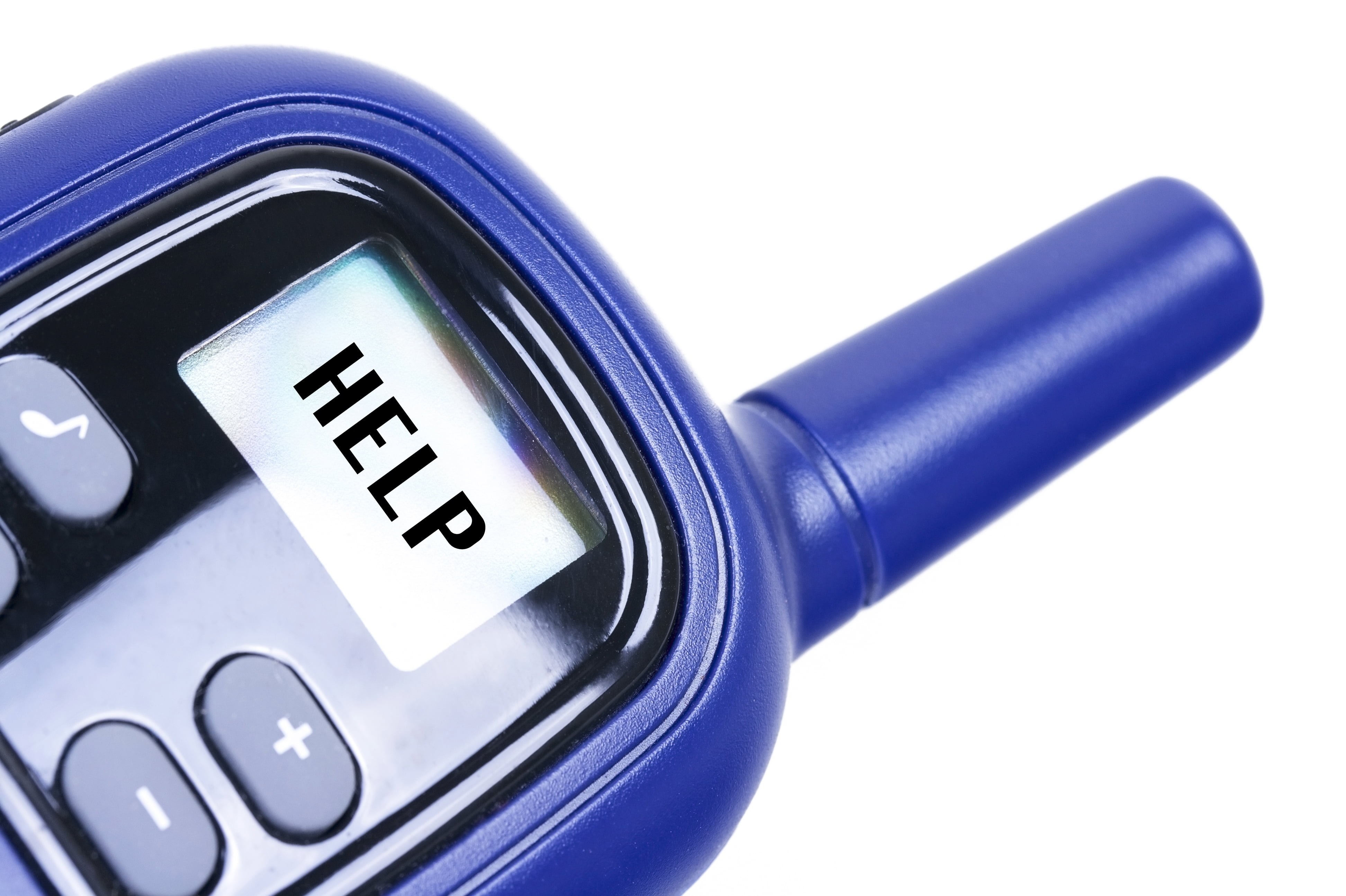Walkie Talkies Decoded
Walkie talkie lingo can be difficult to understand for first time users. comes with highly sophisticated features that can often be difficult to understand for first time users. Therefore, in this jargon buster, we can explain some of those frequently used terms by two-way radio manufacturers.
Repeaters
A repeater extends the range of a radio by boosting the signal. Having a repeater allows for a strong signal in environments where there are multiple obstructions. For example, Large construction sites, parks or heavily urbanized areas are places where a repeater would be necessary.
Trunking systems
A trunking system is like a mobile network for walkie-talkies. They consist of a network of multiple repeaters which let users communicate over great distances over a unified network. Usually, police forces and emergency services require trunking systems so that they can maintain contact with different departments. Consequently, this across a large geographic area.
Radio Over Internet Protocol (ROIP)
ROIP allows two-way radio communication over the internet, thus letting you speak anywhere in the world.
PL tone and a PL code (also known as CTCSS)
CTCSS is a sub-frequency that filters out other transmissions on the same frequency, in order to maintain privacy. This allows channels in the same user environment to be shared but still maintain private conversations between users. Think of it as lanes on a motorway; people can share the same motorway (frequency), and PL tones are the lane markings that prevent drivers from running into each other (hearing each other).
Intrinsically Safe
(IS) is a certification for electronic equipment in locations where explosive gases may be present. Furthermore, Intrinsically safe radios are designed so the electrical energy in the radio is low enough that ignition of the explosive gases do not occur. In order for manufacturers to sell these radios, they need to meet specific standards in order for a product to be certified as ‘Intrinsically Safe’. Also, radios that meet this standard have ‘Intrinsically Safe’ or ‘FM Approved’ written on their documentation.
Encryption
Encryption scrambles the voice signal so other radios in your vicinity cannot listen in on your conversations. There are different types of encryption on walkie talkies, so it is important to find the level of privacy that meets your business requirements. They range from basic to advances forms of protection. Others offer a higher level of protection and do not unscramble easily by scanners or other surveillance devices.
The common forms are:
- Voice Inversion Encryption this is a simple voice scrambling system used to prevent other radio users in your immediate area from listening to your conversations.
- Rolling Code Encryption, This is available on more professional units and is a more robust technology for encryption. It is not easily decoded.
- DES 20 provides protection against more advanced types of listening technology.
- Digital DES P25 secure 56 bit encryption (mostly used by public services).
- Digital AES P25 provides the maximum security with 256 bit encryption.

